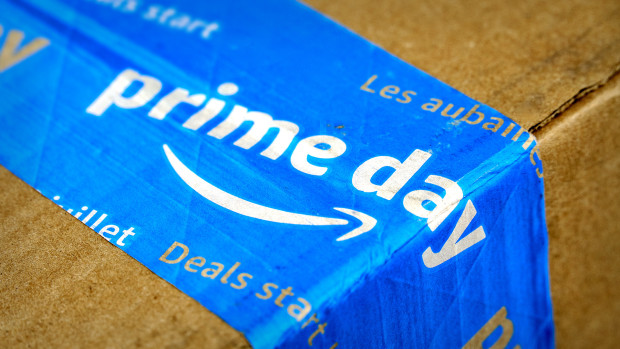
Amazon Prime Day should be a time of celebration for those who participate in what some online shoppers refer to as 'Christmas in July.'
The online bargains bring hundreds of millions of people globally to Amazon's website in order to look for heavy discounts on all type of stuff they need (and a lot of stuff they don't).
DON'T MISS: The Best Amazon Prime Deals
But such a large gathering of shoppers -- total U.S. spending on Prime Day reached $11.9 billion in 2022, according to Adobe, an 8.5% year over year increase -- is bound to attract bad actors looking to make an easy dollar by scamming those shoppers.
According to cybersecurity company Trend Micro, Texas ranks at the top of the list for people being taken advantage of on Prime Day.
“One of the ways is there’s simply an SMS text message that scammers are using, so they will say, ‘We’ve got something that’s not quite right with your account details. We’re going to need you to log in," David Abramowitz, regional technical director for Trend Micro told an NBC Houston TV station.
But the link they send you doesn't take you to Amazon and instead takes you down the path of giving your secure data to complete strangers with bad intentions.
More than 15% of Prime Day phishing scam victims live in Texas, while 11.5% reside in Florida and Tennessee, Pennsylvania, and Virginia round out the top 5 with 7.69% each.
Another scam involves impersonators offering special discounts, but when you click to buy the merchandise you are directed to a fake shopping site that also asks for your info.
In order to protect yourself Abramowitz advises shoppers check the links to everything before clicking on it by hovering your mouse cursor over the link to reveal its URL.
If it's not affiliated with Amazon, don't click.







